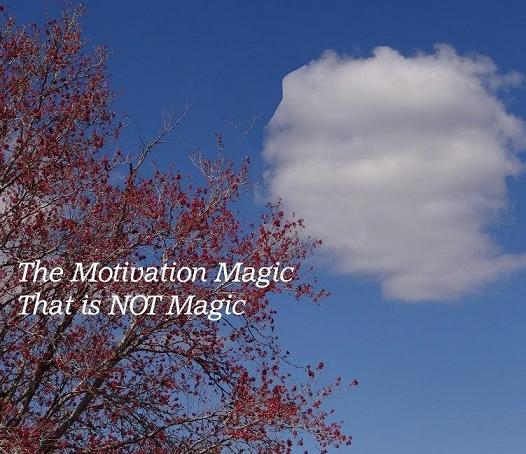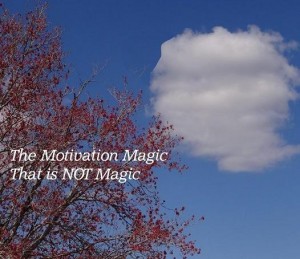I was doing a workshop a few days ago and talking to a group about the motivational benefits of visualization relaxation and how it helps focus for better working results. I realized that most people think of the two as very separate things when to a large extent that are one in the same.
This is an important distinction because when you are working on something, your natural desire is to push through to try to get to the end of whatever it is you’re working on, which is just the opposite of what you should be doing. Think of your mental processes as very much like a large glass of water with a hole in the bottom. The glass is how you put together concepts and connect information. The hole in the bottom is the outcome or product of those connections better known as the product of your work. Imagine now as you pour more and more water into the glass that it begins to overflow because more water is going in than coming out through the bottom as a finished product. This is what is actually happening when you push through on a project. Yes, you keep creating a product but a great deal is lost as your mental glass begins to overflow.
Taking a mental break is similar to stopping the flow of water into the glass. Your brain end now has a chance to catch up to produce a product that takes into account all the elements that are in the glass to generally produce a better outflow or product.
This is the point I tried to drive home during the workshop as I highlighted my relaxation and visualization products because the two work together much like the water in that glass to produce a better product. On the other hand, I also understand that we live in the real world where some managers think of relaxation and time to mentally slow down as workers doing nothing, when in reality this is far from the truth. Being able to shift between mentally taxing work, to less taxing work accomplishes the same thing. Helping workers understand the “relaxation response” and how building in time to momentarily let your mind rest by mentally going to a place that gave you pleasure or even a pleasant thought actually increases productivity. The employee is still working but at a level that allows the mind to wander a little which serves to  recharge the batteries and allow the mind to work in the background on that problem that seemed unsolvable. This is exactly what happens when you go to sleep thinking about a problem and wake up the next morning to instantly realize a solution that seemed so simple you wonder why you hadn’t thought of it before.
recharge the batteries and allow the mind to work in the background on that problem that seemed unsolvable. This is exactly what happens when you go to sleep thinking about a problem and wake up the next morning to instantly realize a solution that seemed so simple you wonder why you hadn’t thought of it before.
This happens because part of sleep is very similar to the level at which we daydream. Sleep then is not one thing but multiple things. The brain uses radio waves to set our moods and allow thinking, and sleep then is the movement through radio wave levels from Delta, which is deep sleep, to Theta, which is where we daydream. Daydreaming or Theta is where we are subject to thought switching which drives creative thinking. Downshifting to less taxing work for a time allows the brain to move into the daydreaming mode much like that glass I mentioned to become more stable and create solutions in the background.
In a real world sense planning out your workload using a pattern of heavy to light and back to heavy allows this mental break that can drive visualization and as a result higher motivation. Relaxation doesn’t have to mean stop working, but is more like shifting work in order to be more motivated to do better work. I learned some of the workshop participants already get it and use a number of approaches to accomplish this mind shift during their work day. A few of their tactics were very creative and I would love to hear about techniques you are currently using or discovered worked for you after learning this approach. Drop me a line through the blog because I’d love to pass on your techniques.
Be sure to subscribe to the newsletter to get updates available only to subscribers


